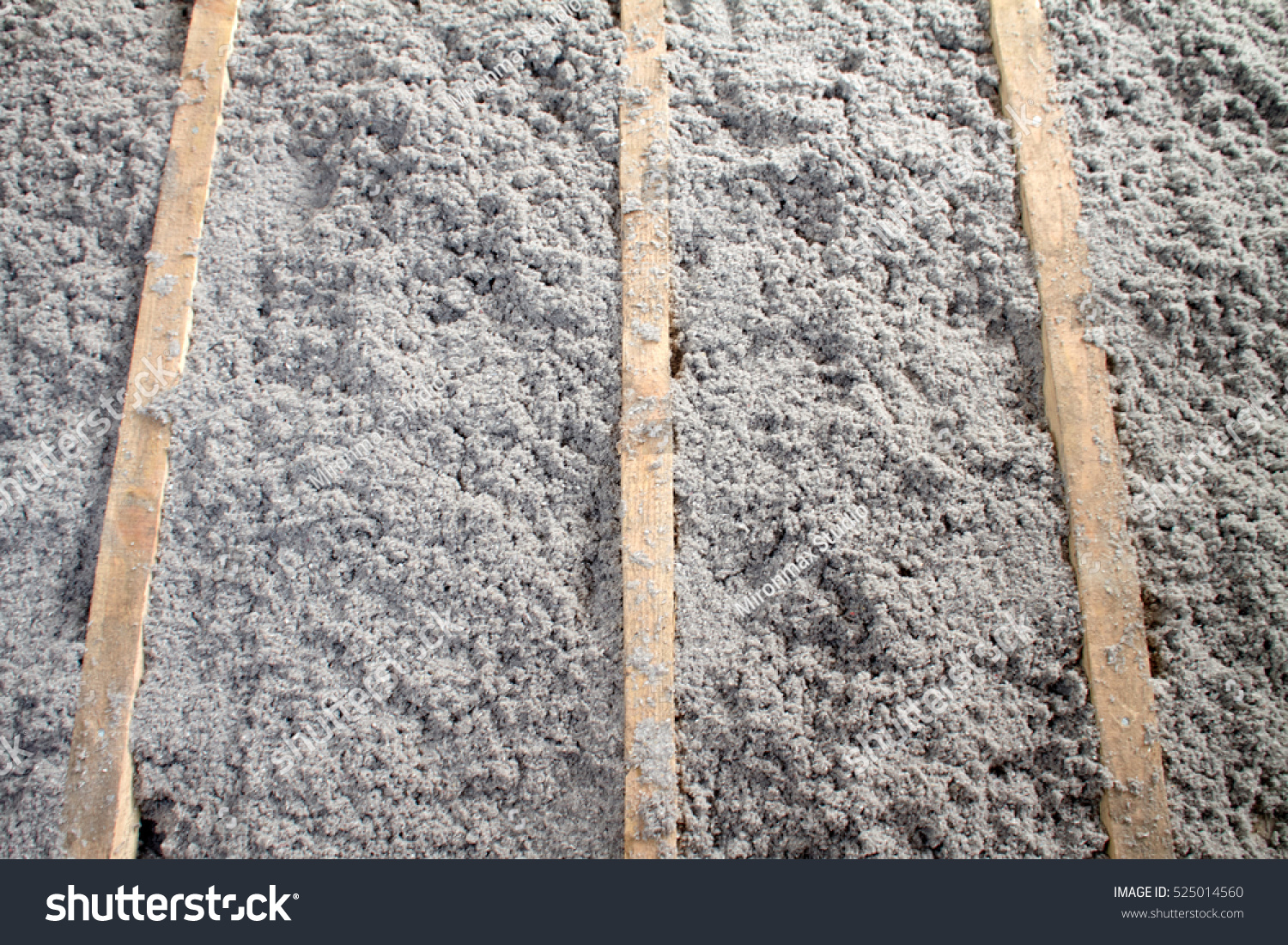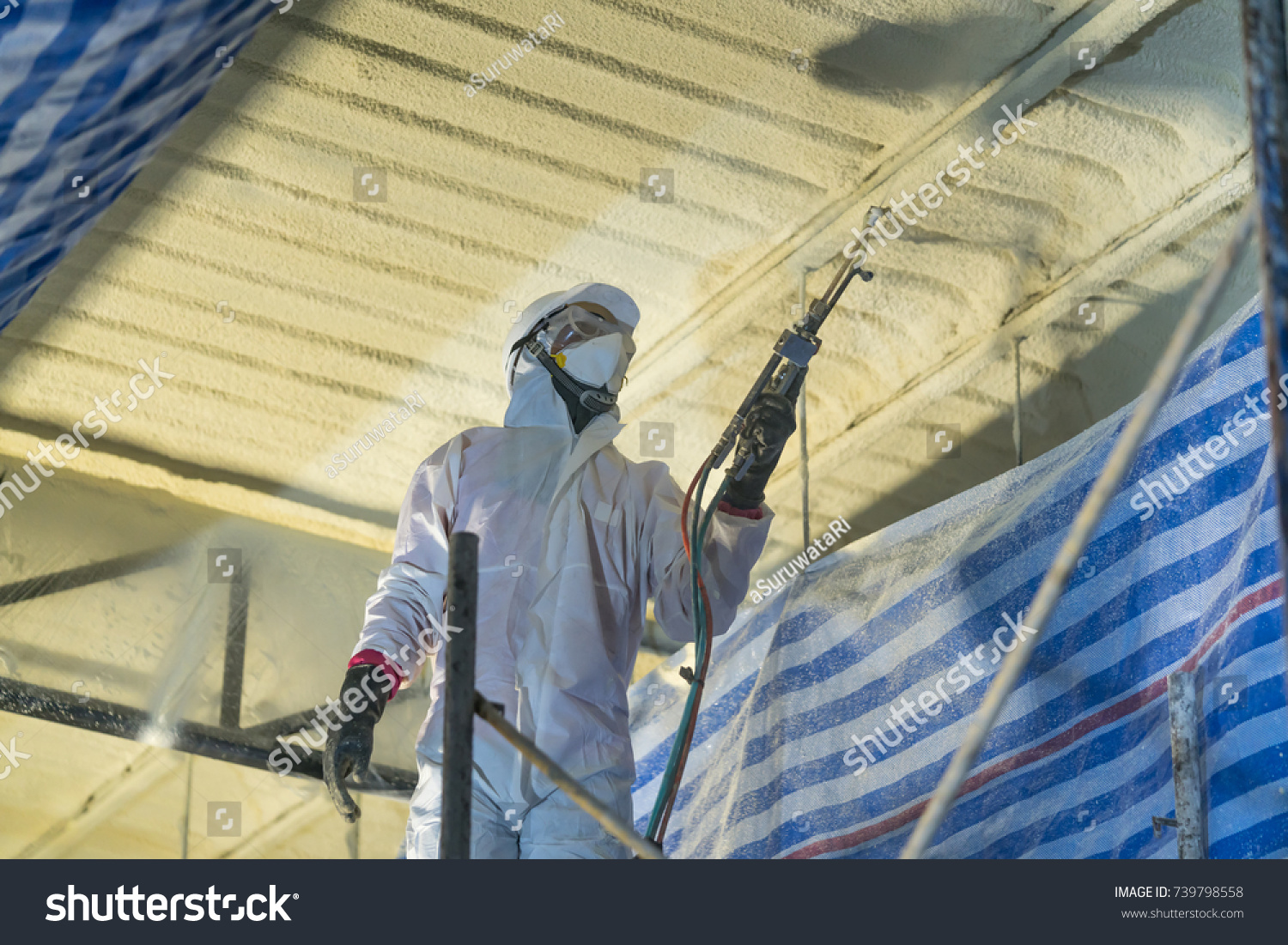How Does Blown-In Insulation Compare to Batt Insulation?

If you’ve ever shivered through a drafty winter night or felt like your attic turned into a sauna in July, you know the importance of proper insulation. But when it comes to blown-in insulation vs batt, homeowners often find themselves scratching their heads. Both are popular, both promise energy savings, and both can make your home far more comfortable. So how do you choose the best option for your space, climate, and budget? Let’s break it down in plain English, no jargon, just the facts (and maybe a touch of humor).
Blown-In Insulation vs Batt: Which Is Better for Your Home?
Choosing between blown-in and batt insulation can feel a bit like deciding between pancakes and waffles; they both serve the same purpose, but the texture and application make all the difference.
Blown-in insulation, also called loose-fill insulation, is made of small particles of cellulose, fiberglass, or mineral wool that are literally blown into place using a special machine. It fills in nooks, crannies, and irregular spaces like a fluffy cloud of energy-saving magic.
Batt insulation, on the other hand, comes in pre-cut sheets or rolls, typically made of fiberglass or mineral wool. Think of it like a big, soft blanket designed to fit neatly between your wall studs or ceiling joists.
Both methods help maintain comfortable indoor temperatures by reducing heat transfer. But their real-world performance can vary depending on your home’s structure, the climate you live in, and the skill of the installer.
Key Differences in Installation and Performance
One of the biggest distinctions between these two insulation types is how they’re installed, and that process can impact everything from cost to performance.
Pros and Cons of Blown-In Insulation
Let’s start with blown-in insulation, the flexible, free-flowing option that’s often used for attics, walls, and tight crawl spaces.
Pros:
- Excellent Coverage: Because it’s blown into place, this insulation easily fills gaps, voids, and irregularly shaped areas where batt insulation might struggle. That means fewer cold spots and better energy efficiency.
- Quick Installation: A trained team can insulate an attic in just a few hours using a blowing machine. No cutting, measuring, or fitting required.
- Soundproofing Bonus: The dense nature of blown-in materials helps reduce noise transfer, ideal for homes near busy roads or noisy neighbors.
- Environmentally Friendly Options: Cellulose blown-in insulation, for example, is often made from recycled paper products and treated for fire resistance, making it a greener choice.
Cons:
- Settling Over Time: Some types, particularly cellulose, can settle slightly, reducing their R-value (insulation effectiveness) if not installed properly.
- Professional Installation Recommended: While DIY kits exist, achieving even coverage and proper density is tricky without experience.
- Messier Application: The process involves blowing loose fibers into spaces, which can get dusty and requires good containment and cleanup.
In short, blown-in insulation is perfect for reaching tight spots and improving efficiency, but it’s not the neatest weekend project unless you enjoy looking like a snowman made of fiberglass.
When Batt Insulation Is the Better Choice
Batt insulation, the traditional choice for decades, is still a favorite for good reason.
Pros:
- DIY-Friendly: Batt insulation is easier for homeowners to install themselves, especially during renovations or new construction when the walls are open.
- Uniform Thickness: Pre-cut batts provide consistent R-values across each section, assuming they fit snugly without gaps.
- Less Messy: No blowing machines, no airborne particles, just cut, fit, and staple into place.
- Lower Upfront Cost: Materials are relatively affordable, and you save on installation labor if you’re doing it yourself.
Cons:
- Fit Is Everything: If batt insulation isn’t installed perfectly, gaps and compression can drastically reduce performance.
- Difficult for Irregular Spaces: Around wiring, pipes, or nonstandard joist spacing, batt insulation can be cumbersome to install properly.
- Not Ideal for Existing Walls: Unless you’re doing major renovations, you can’t easily install batt insulation without removing drywall.
Batt insulation shines in new builds or remodels, but can underperform in older homes with lots of quirks and tight spots.
Cost and Efficiency Comparison
Here’s where the rubber meets the road, or in this case, where the fiberglass meets your wallet.
Material Costs:
Batt insulation generally costs less per square foot. Depending on the type and R-value, fiberglass batts run around $0.40 to $1.50 per square foot, while blown-in insulation typically ranges from $1.00 to $2.00 per square foot installed.
However, blown-in insulation’s higher cost often includes professional installation and equipment, while batt insulation costs can rise quickly if you need to hire pros for tight or complex spaces.
Energy Efficiency (R-Value):
Both options can deliver similar R-values depending on material type and thickness. Fiberglass batts usually range from R-2.9 to R-3.8 per inch, while blown-in fiberglass or cellulose can reach R-3.2 to R-4.0 per inch.
The real-world difference often comes from coverage quality. Blown-in insulation tends to perform better in attics or irregular cavities because it eliminates gaps. Batt insulation, when poorly installed, can lose up to 25% of its rated effectiveness due to compression or misalignment.
Longevity and Maintenance:
Both types can last 20 to 30 years or more, but blown-in insulation may settle slightly over time, reducing its R-value unless topped off. Batt insulation can degrade if exposed to moisture or pests. In humid climates like South Florida, moisture management is crucial; batt insulation must be paired with a vapor barrier to prevent mold or mildew.
Making the Right Choice for Your Energy Needs
When choosing between blown-in and batt insulation, consider your home’s age, layout, and the climate where you live.
For South Florida Homes:
Blown-in insulation often performs better because it provides excellent coverage against heat intrusion from attics and walls. The dense material helps maintain stable indoor temperatures, even in the steamy Florida summer. Batt insulation, while effective, can struggle in older homes with nonstandard framing or existing moisture issues.
For New Construction or Remodels:
Batt insulation can be a cost-effective, straightforward choice when the walls are open and easily accessible. It’s easier to ensure a snug fit during construction than in retrofit projects.
For Maximum Energy Efficiency:
If your main goal is to reduce energy bills and create a tight thermal envelope, blown-in insulation (especially cellulose or dense-pack fiberglass) often wins. It fills every crack and crevice, creating a consistent barrier against heat loss and gain.
Budget and DIY Considerations:
If you’re on a tighter budget and handy with tools, batt insulation may make more sense. But for long-term performance and peace of mind, many homeowners find the investment in professional blown-in insulation worth every penny.
Ultimately, the “best” insulation depends on your unique situation. A professional energy assessment can pinpoint where your home is losing energy and recommend the most effective insulation strategy.
Blown-In vs Batt Insulation
There’s no one-size-fits-all winner in the battle of blown-in insulation vs batt. Blown-in insulation excels in existing homes, attics, and irregular spaces where full coverage is essential. Batt insulation is ideal for new builds, remodels, or DIY enthusiasts looking to save on labor costs. Both options can significantly improve comfort and energy efficiency when installed correctly.
If you live in South Florida, where the heat is relentless and the humidity never takes a vacation, investing in the right insulation is essential. Blown-in insulation offers a tighter seal and better overall efficiency, especially when installed by experienced professionals who understand the unique demands of Florida’s climate.
Upgrade Your Comfort with Atlas Insulation
Ready to make your home more energy-efficient, comfortable, and cost-effective? Contact us today, South Florida’s 5-star company for all your insulation needs. Whether you need blown-in, open-cell, closed-cell spray foam, Icynene, fi-foil, rigid board, or batt insulation, we have the perfect solution for every project, residential or commercial.
Our experienced team knows how to handle South Florida’s unique climate challenges and will help you choose the best insulation for your home or business. Don’t let your energy bills go through the roof, literally. Reach out to us today and discover how Atlas Insulation can transform your comfort and savings.
.png)




